Good morning everybody!
Please note, I am in school today so am unable to respond to emails promptly.
Here are my final set of Home Learning tasks for you during the school closure. I would like to take this opportunity to congratulate you all on such fantastic efforts and progress in your learning at home over these past few months. You have all done so well in these strange times and should be really proud of yourselves!
Enjoy the BBC Bitesize home learning lessons from the 1st of June. Please access the BBC Bitesize Year 5 page every day after half term to view and complete the daily lessons, the link to the Year 5 page is here. I look forward to hearing all about them and what you learn and enjoy from them!
Have a lovely half term week and stay safe 🙂
Maths
Mental Arithmetic: Rounding to the nearest 10, 100 or 1000.
Please write the following numbers into your journal and round each one to the nearest 10, 100 or 1000 in turn. For example – 7241: 7240, 7200, 7000
1. 8634
2. 1983
3. 5635
4. 2075
5. 3209
6. 7755
7. 4505
8. 9216
9. 1038
10. 2914
Maths No problem: Chapter 14 – Roman Numerals
Lesson 2: Writing years in Roman numerals.
In Focus: To begin with, recap on what the symbols in Roman numerals represent. What is the symbol for 1? 5? 10? 50? 100? Are there numbers greater than 100? What is the symbol for 500? What is the symbol for 1000?
Let’s Learn: Is it true that if you have more than one of the same symbol that means you have more than one of that value? So, if C is 100, what will CC be? Allow your child time to understand that CC would be 200. Shall we go through the numerals starting with the lowest value? What does V stand for? What does X stand for? So what is the total of tens? How many hundreds are there? What does the D stand for again? Do I need to add this to the total of hundreds? How many thousands are there? Give your child time to write down the value of each of the places. What number do we get when we add them all together?
Guided Practice: During Guided Practice, your child will be reading Roman numerals and working out their values. They will also be looking at numbers in their thousands and writing them in Roman numerals.
Workbook: Please complete worksheet 2, pages 182 – 183
English
Reading: Well done to those of you who are reading widely and completing quizzes, keep reading for at least 20 minutes a day and regularly complete quizzes for the books you have read.
If you have a Lexia account, please log on and complete at least 15 minutes a day.
It is so important to continue and keep up with your reading Year 5, please try to read either to yourself or to another member of your household every day.
Spellings:
Parents, please read out these sentences for your child to write into their journals to test the spellings they have practised this week:
1. His eyes were observant and saw all the details around him.
2. A sudden roar came from the expectant crowd.
3. The children asked with a hesitant smile.
4. It was apparent by the look on the teacher’s face that he was very happy.
5. We must all do what we can to protect our environment for the future.
6. The law was passed in parliament.
There are no new words to practice or learn over the half term holiday.
Writing: Today I would like you to write out your new story or adventure for the Rocketeer in our video. Please focus on using the adverbials, prepositions and story language we have learning about these past few weeks. Remember our everytime toolkit: capital letters, full stops, commas and paragraphs.
Use the time to edit and correct your stories as well. You may like to write them up onto your laptop or computer if you have one available to do so and add some images to publish your work!
I know how much you love writing stories Year 5 so please enjoy this task. Do only as much as you can, even if it is just a few paragraphs. You know I would prefer to see just a few well written sentences than a whole page of rushed writing!
And as always, send any finished stories to me you are proud of or would like to share. I really do enjoy seeing them, it makes me so happy to see how well you are all doing Year 5 🙂
Topic – History
This week we are going to think a little more about local famous landmarks in and around Weymouth and what it may have been like to be at these landmarks at key events in time.
Please have a look through the photographs below and read the captions attached to them.
Your task this week is to choose one and write a diary entry as if you were one of the people spectating in the photograph. You could include in your diary entry information on what you did that day, where you went, who with, what you were wearing, the weather, what you saw, how it felt, what you think may happen next and anything else you think a person of that time may recount in a personal diary.
I know how creative you all are Year 5 and how engaged you are in this project and I am really excited to see your diary entries and your empathy for local people in the past!
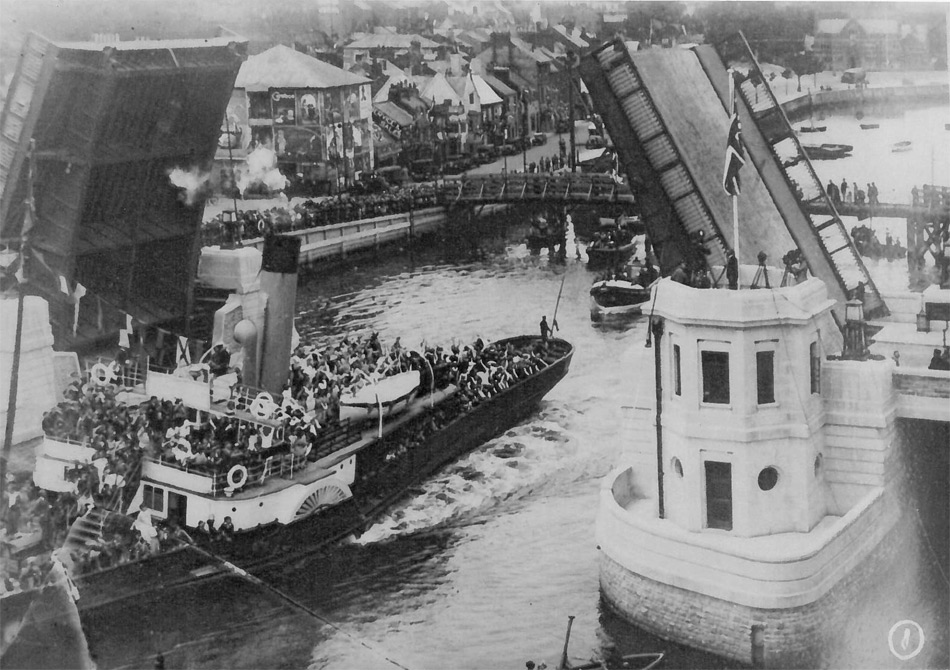
The Town Bridge as we know it today was opened in 1930 by the Duke of York, later to become King George VI. It joined the two rival townships of Melcombe Regis and Weymouth and enabled traffic, commerce and residents to move freely between the two.
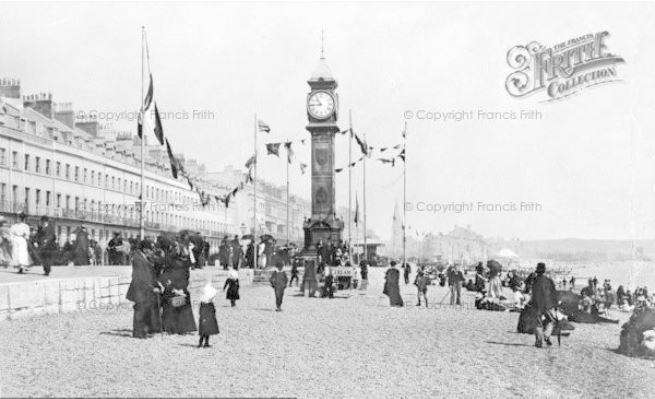
Weymouth’s Jubilee Clock was built in 1888 to commemorate Queen Victoria’s Golden Jubilee, 50 years of reign as Queen of England. This photo shows the clock in 1889 on a typical summer day, not unlike modern times!
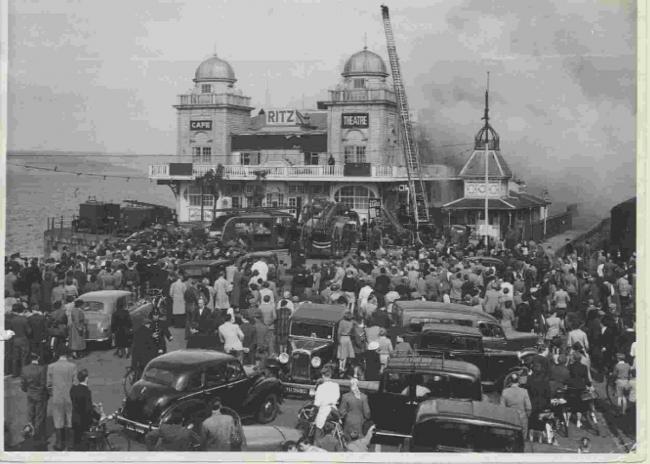
On the afternoon of the 13th of April 1954 disaster struck Weymouth Pavilion with the building catching fire during refurbishment. The wooden, Edwardian theatre took little more than an hour to burn despite the efforts of ten fire pumps from around the county. Practically the whole of Weymouth turned out to watch the Pavilion burn down.
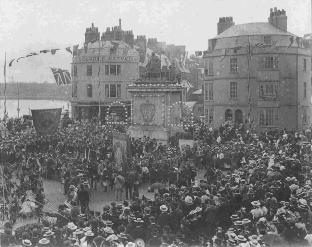
As a tribute to King George III, the Kings Statue was unveiled in 1809, 50 years after his ascension to the throne. This photo shows the celebrations of Queen Victoria’s Diamond Jubilee, 60 years on the throne, by the King’s Statue in 1897.
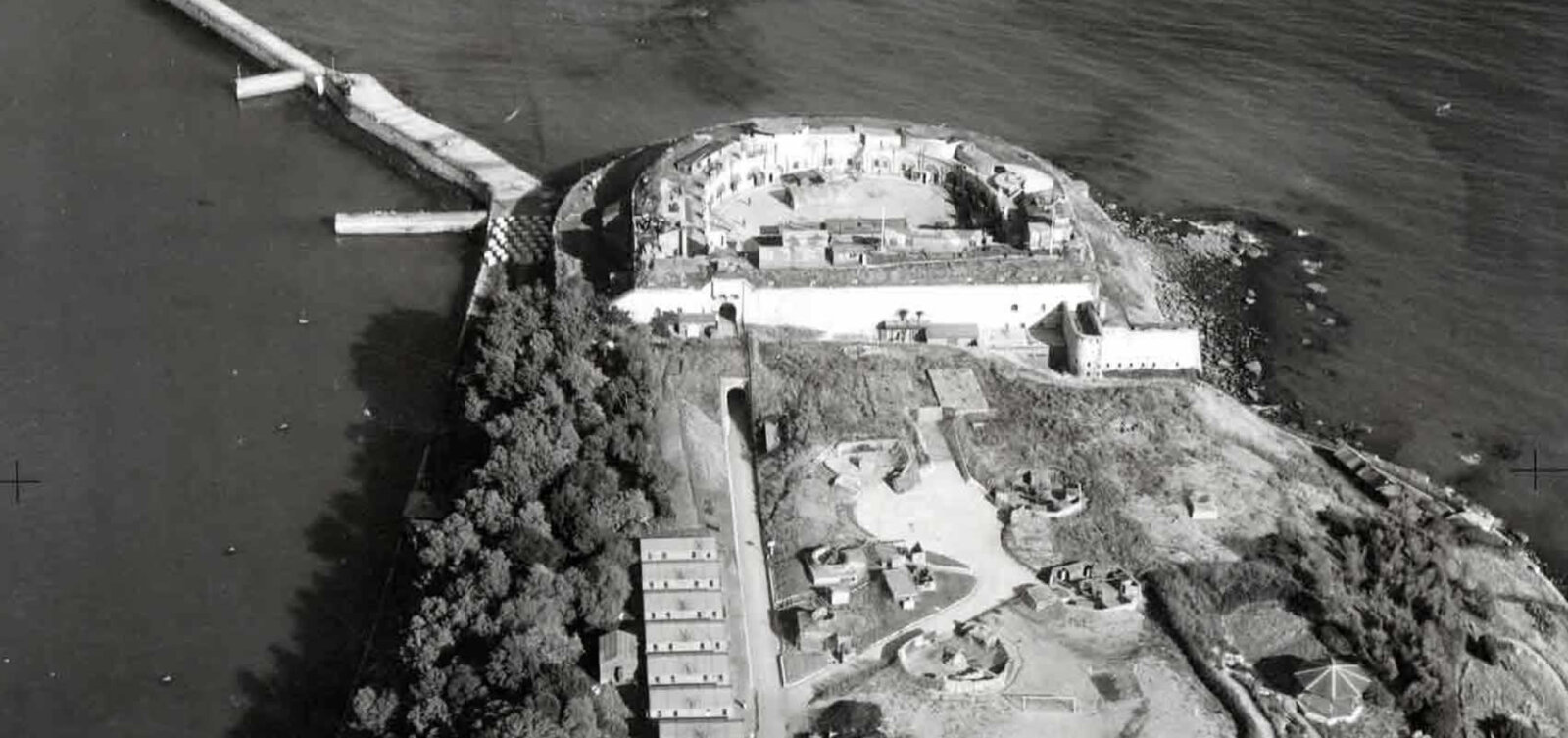
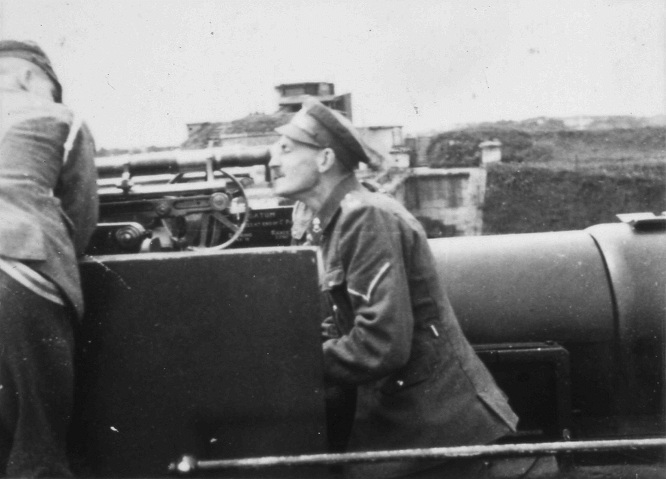
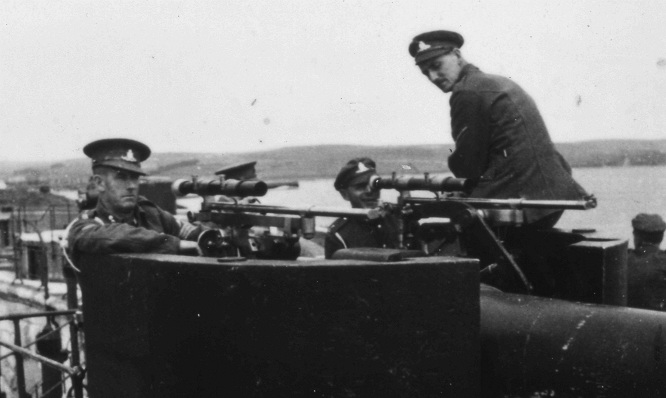
Weymouth Nothe Fort was built between 1860-1872 to protect the Naval Harbour at Portland. It saw it’s most military action during World War 2 when anti-aircraft guns were used to defend Weymouth and Portland. Here you can see the anti-aircraft gunners manning the guns.




